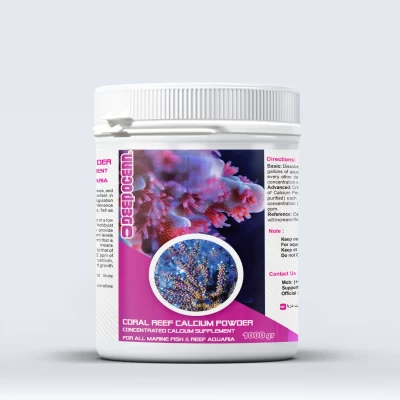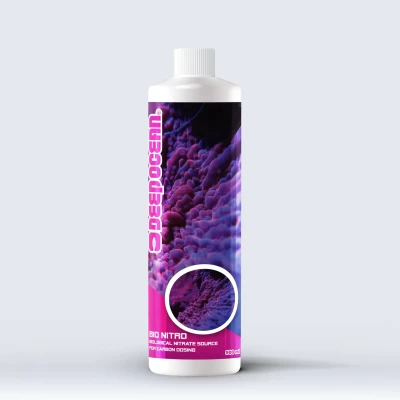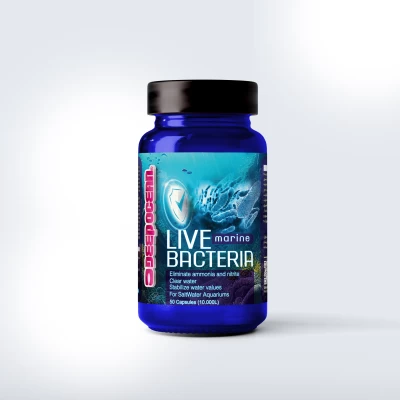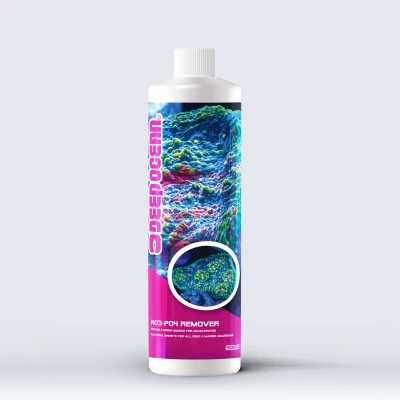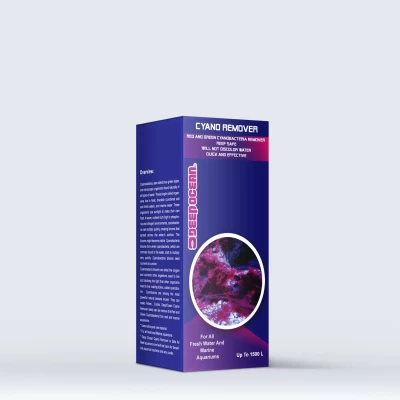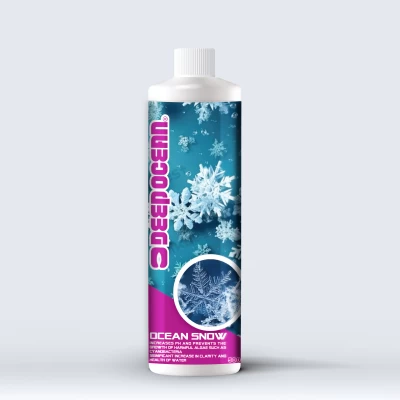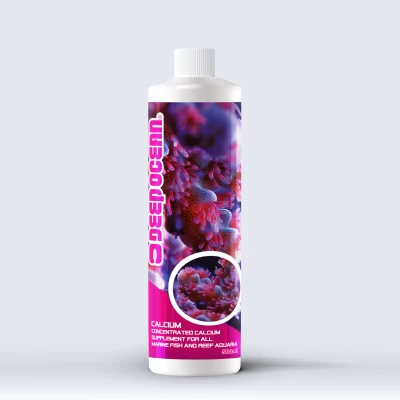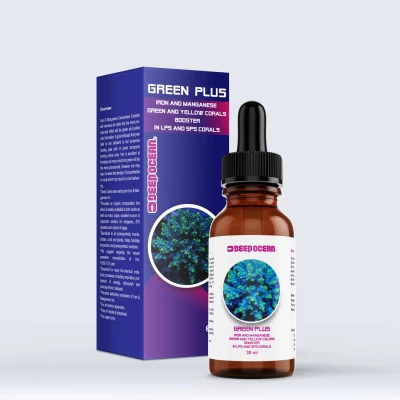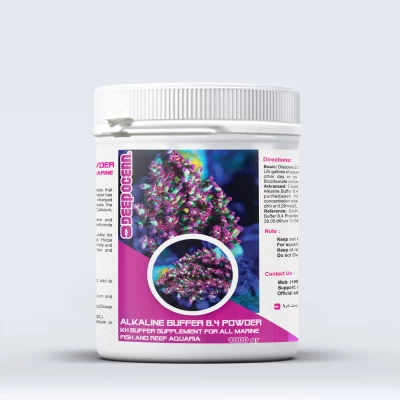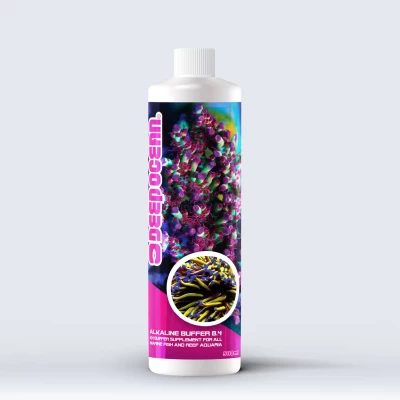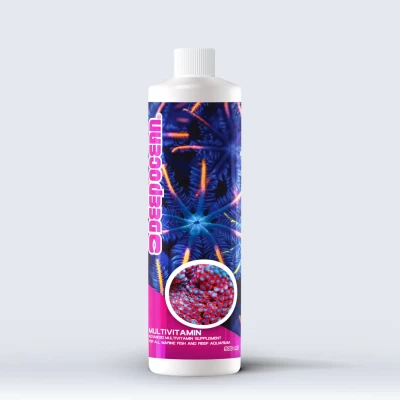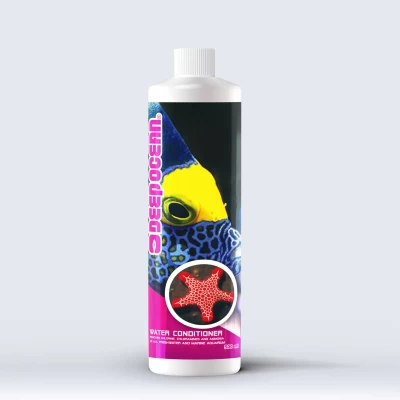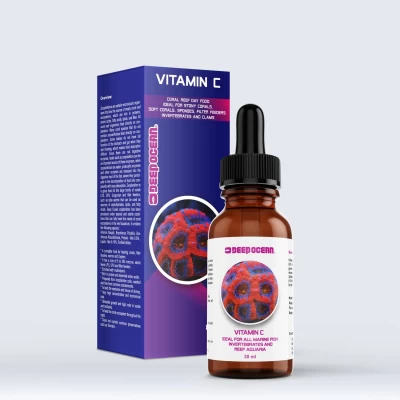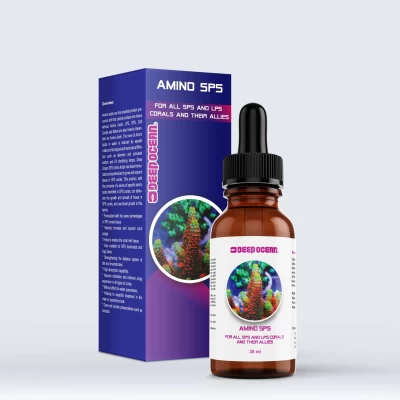Powdered Magnesium Supplement
Magnesium is an essential element in both animal and plant life. It has a concentration of approximately 1286 to 1300 mg per liter in seawater, playing a crucial role in the aquatic environment. In seawater, magnesium stabilizes and balances the ionic relationship between calcium and carbonate. Without this vital element, calcium and carbonate can easily precipitate out of the water, becoming insoluble and exiting the biological cycle, thereby disrupting growth and the stability of chemical conditions.
Corals require magnesium to produce many enzymes and grow. When faced with a deficiency, their growth is hindered. For example, magnesium plays a significant role in the formation of the enzyme porphyrins within chlorophyll, and without this enzyme, photosynthesis in reefs is practically impossible. On average, this important element constitutes between 7% to 30% by weight of the skeletons of hard calcium corals. The Deep Ocean powdered magnesium supplement is formulated and processed to increase magnesium ions, maintaining ionic balance and preventing the precipitation and removal of calcium and carbonate from the water. As a result, it completely addresses issues related to carbonate hardness and pH due to magnesium ion deficiency and meets the above needs easily.
Professional Usage Instructions:
Calculate the magnesium consumption of the tank over the week and determine the appropriate amount of magnesium supplement based on the reference below. To create a magnesium storage solution, dissolve 20 grams of powdered magnesium in 250 cc of R/O water, then add it to the tank water using the reference below.
Reference 1: Each cc of the above solution can increase magnesium ions in 1 gallon of water (3.78 liters) by 5.4 mg per liter.
Reference 2: Each gram of magnesium powder in one liter can increase magnesium by 255.27 mg per liter.
Given the high quality of the powdered magnesium supplement and the stability it provides, a smart calculator can be used to calculate the precise dosage for the aquarium. The closer the entered volume of the aquarium water is to reality, the more accurate the final dosage will be.



